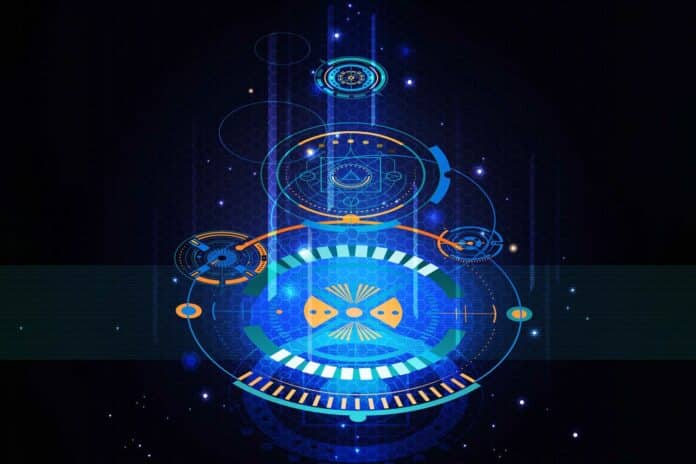The Environment’s noise affects the stability of clocks. A pendulum’s swing can become unbalanced by a slight wind. Furthermore, heat can cause an atomic clock’s atoms to stop oscillating. Removing these kinds of external factors can increase a clock’s accuracy. But only to a certain extent.
According to a recent study from MIT, quantum mechanical phenomena could still affect the stability of oscillators such as clocks and laser beams, even if all external noise is removed. Quantum noise is the limit on oscillator precision.
However, it is possible to overcome this quantum limit. Scientists have demonstrated that enhancing an oscillator’s stability beyond its quantum limit is possible by adjusting, or “squeezing,” the states that give rise to quantum noise.
Vivishek Sudhir, assistant professor of mechanical engineering at MIT, said, “What we’ve shown is, there’s a limit to how stable oscillators like lasers and clocks can be, that’s set not just by their environment, but by the fact that quantum mechanics forces them to shake around a little bit. Then, we’ve shown that there are ways you can even get around this quantum mechanical shaking. But you must be more clever than isolating the thing from its environment. You have to play with the quantum states themselves.”
Scientists are now experimenting to test this theory. If successful, they can manipulate the quantum states in an oscillating system. It could also tune clocks, lasers, and other oscillators to super-quantum precision. These systems can then be used to track infinitesimally small differences in time.
Scientists started by looking at the laser- an optical oscillator that produces a wave-like beam of highly synchronized photons. Since the invention of the laser, inventors hypothesized that a laser’s stability should be limited by quantum noise. Since then, multiple scientists have used laser microscopy to test their theory. They demonstrated, via exact calculations, that the stability of the laser’s oscillations might be limited by subtle, quantum interactions between its atoms and photons.
Sudhir said, “But this work had to do with extremely detailed, delicate calculations, such that the limit was understood, but only for a specific laser. We wanted to enormously simplify this, to understand lasers and a wide range of oscillators.”
Instead of focusing on a laser’s physical intricacies, scientists focused on simplifying the problem. They created a simplified representation of a laser-like oscillator.
Their model involves an amplifier (such as a laser’s atoms), a delay line (for instance, the time it takes light to travel between a laser’s mirrors), and a coupler (such as a partially reflective mirror).
The physics equations describing the system’s behavior were then recorded, and computations were made to determine the locations where quantum noise would emerge within the system.
By abstracting this problem to a simple oscillator, scientists can identify the two points where quantum fluctuations enter the system: the coupler that permits a signal to be extracted from the oscillator and the amplifier.
Knowing these two things means knowing the quantum limit on that oscillator’s stability.
Additionally, the group demonstrated that if quantum noise in one of the two sources could be “squeezed,” this quantum restriction might be bypassed. The concept of “quantum squeezing” describes how one system component might minimize quantum fluctuations while proportionally increasing fluctuations in another aspect. Squeezing air from one area of a balloon into another produces a similar effect.
The scientists discovered that in the case of a laser, even while noise in the laser’s output would grow, squeezing quantum fluctuations in the coupler might enhance the accuracy, or the timing of oscillations, in the outgoing laser beam.
Additionally, the group demonstrated that if quantum noise in one of the two sources could be “squeezed,” this quantum restriction might be bypassed. The concept of “quantum squeezing” describes how one system component might minimize quantum fluctuations while proportionally increasing fluctuations in another aspect. Squeezing air from one area of a balloon into another produces a similar effect.
The scientists discovered that in the case of a laser, even while noise in the laser’s output would grow, squeezing quantum fluctuations in the coupler might enhance the accuracy, or the timing of oscillations, in the outgoing laser beam.
Sudhir says scientists can use the equations they lay out in their study to calculate the quantum limit in their oscillators.
“When you find some quantum mechanical limit, there’s always some question of how malleable that limit is. Is it a hard stop, or can you still extract some juice by manipulating some quantum mechanics? In this case, we find that there is a result that is applicable to a huge class of oscillators.”
Journal Reference:
- Loughlin, H.A., Sudhir, V. Quantum noise and its evasion in feedback oscillators. Nat Commun 14, 7083 (2023). DOI: 10.1038/s41467-023-42739-9
